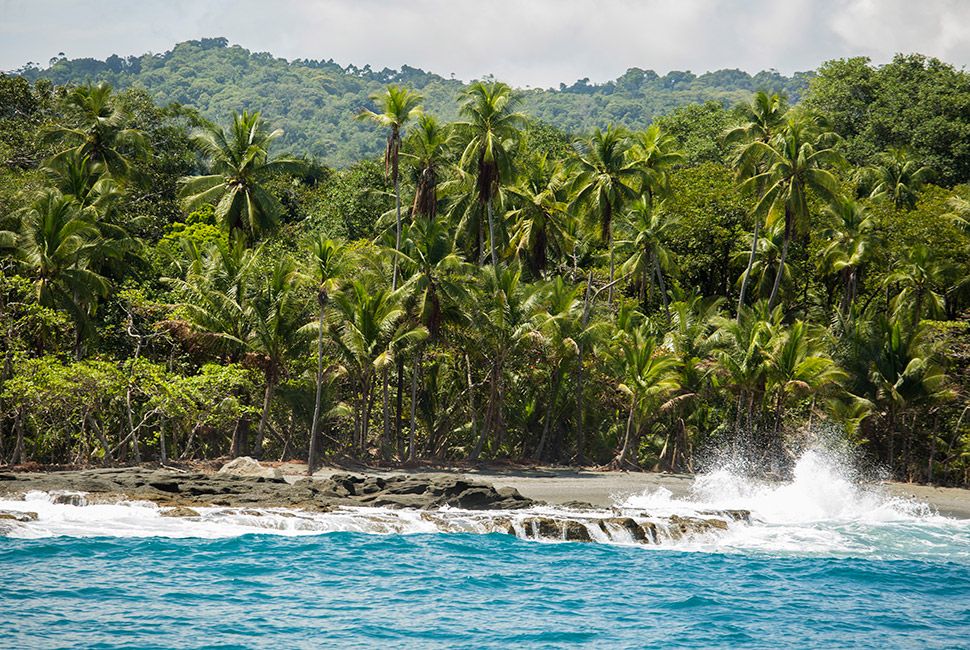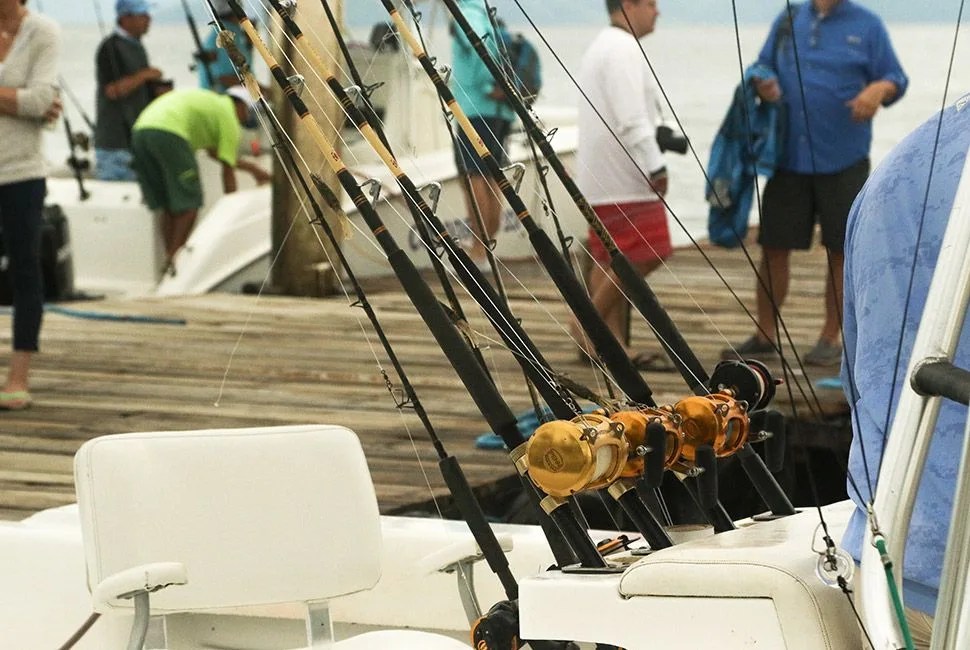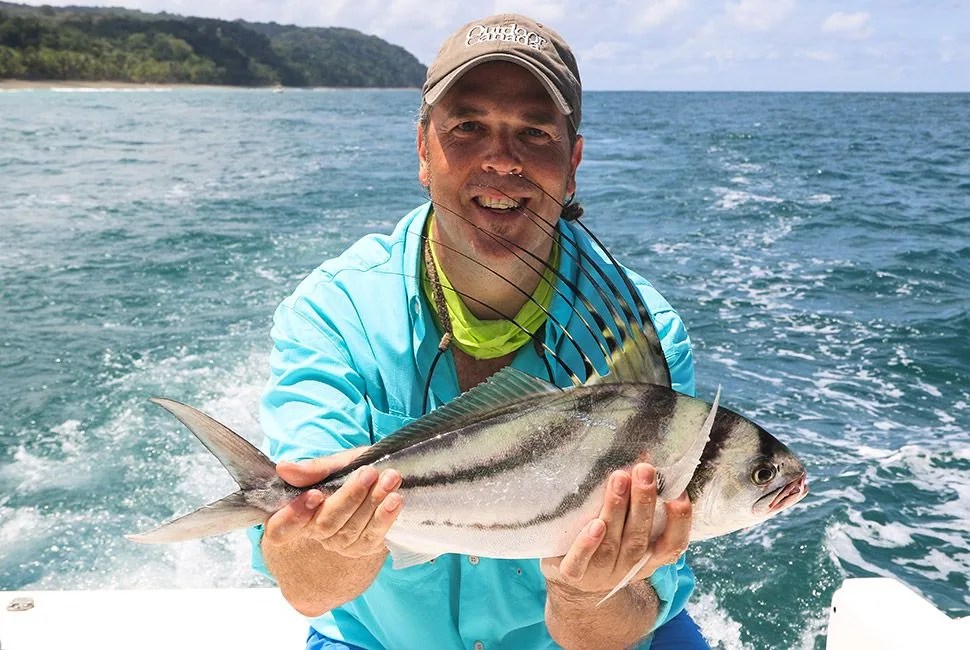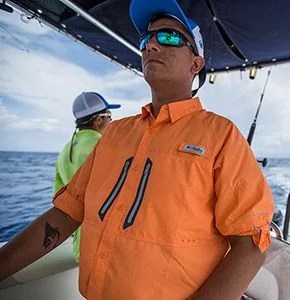9 photos
At first, we didn’t notice the quivering tip of the rod, but when the reel began to buzz we leapt to our feet as if electrified by the bright clicking sound of line being dragged into the blue. I was closest to the rod, so I took it from the holder and struck a wide stance. As the line sung off the reel, I fought the urge to react, holding the rod expectantly, my thumb poised over the reel brake. One one thousand, two one thousand. I watched as the bluish line danced back and forth across the spool. Three one thousand, four one thousand. I pressed my toes down onto the Strike‘s fiberglass deck. Five one thousand, six one thousand. I dug the butt of the rod into the soft pocket of my left hip joint and gripped the rod tightly with my left hand. Seven one thousand. “Now!” shouted the captain.
I jammed my thumb onto the reel brake. The line stiffened and the tip of the rod curled toward the water. My arms strained against the sudden, thick weight on the line. I moved toward the stern of the boat and then leaned back slightly, pulling the rod toward my chest. Suddenly, the rod relaxed and straightened, the line went light and loose.
“Damn. Fish off.”
This is fishing along the western shore of Costa Rica: long stints of mind-numbing quiet punctuated by moments of chaos and frenzy.
Costa Rica is a dream destination for an impressive array of tourist attractions, but one stands out among the rest. Sport fishing makes up roughly half of the country’s tourism economy and sustains nearly 100,000 jobs annually. Anglers come from all over the world to fish for the marlin, swordfish, sailfish and yellowfin tuna, which are plentiful year-round. The financial might of this growing industry has already eclipsed that of commercial fisheries and comprises more than two percent of the total annual GDP, just shy of $100 million a year.
The roosterfish is stunning to the eye, as I would come to learn, a favorite catch among saltwater sport fisherman.










